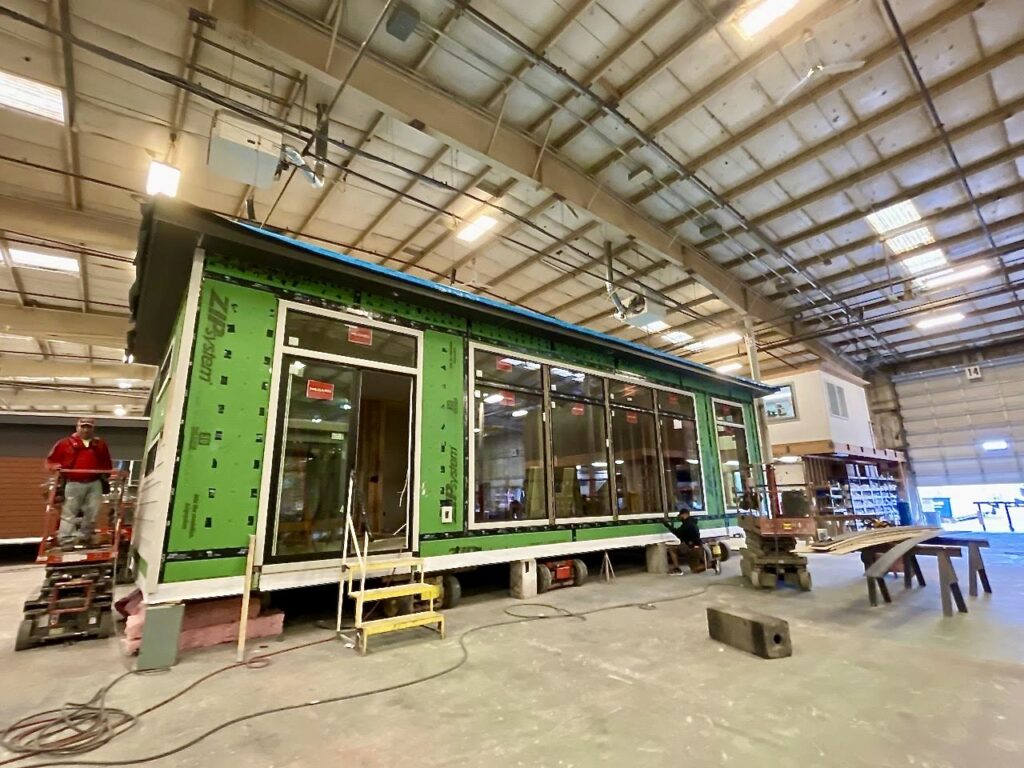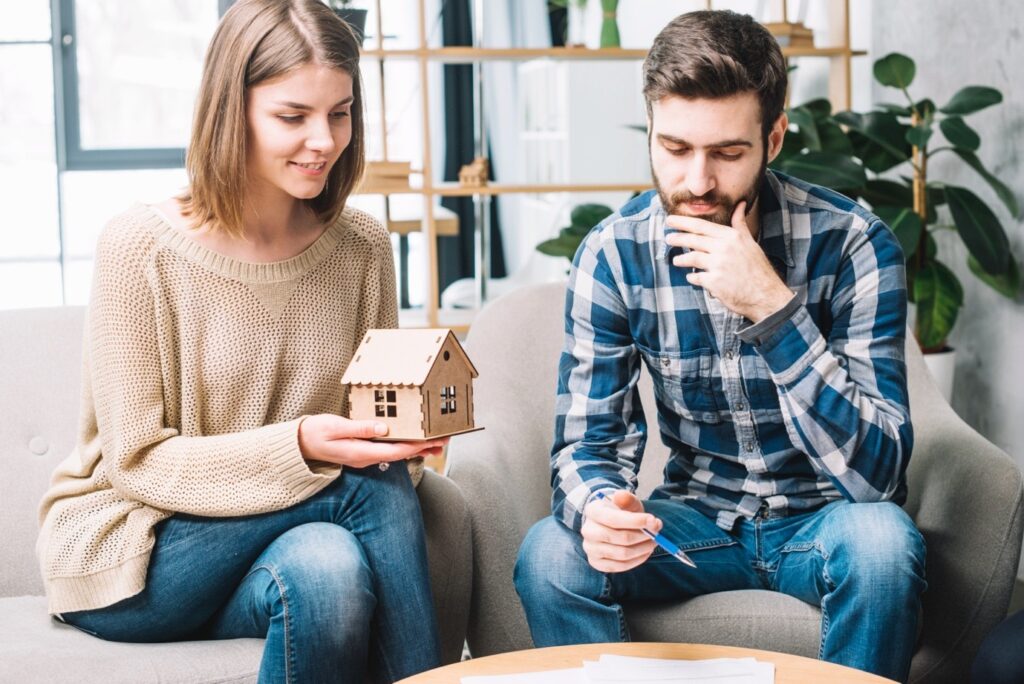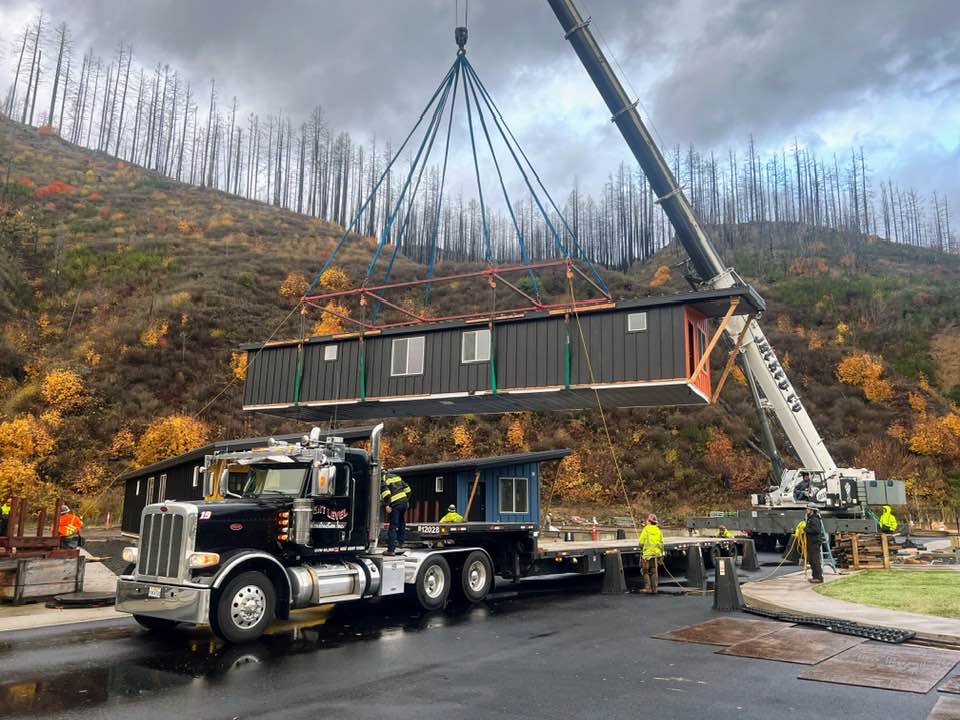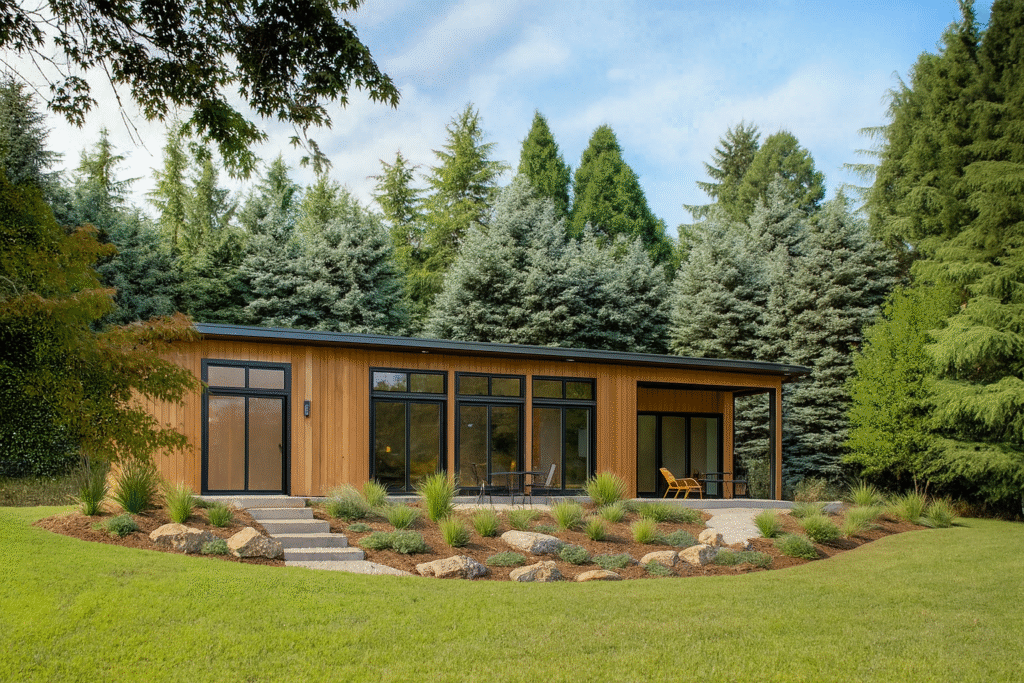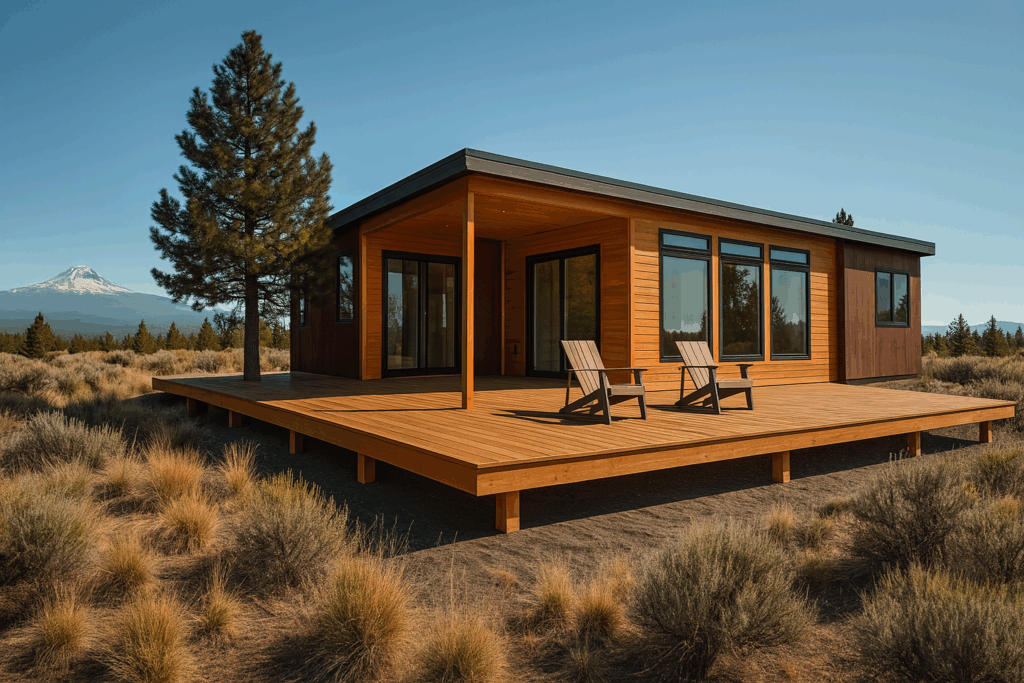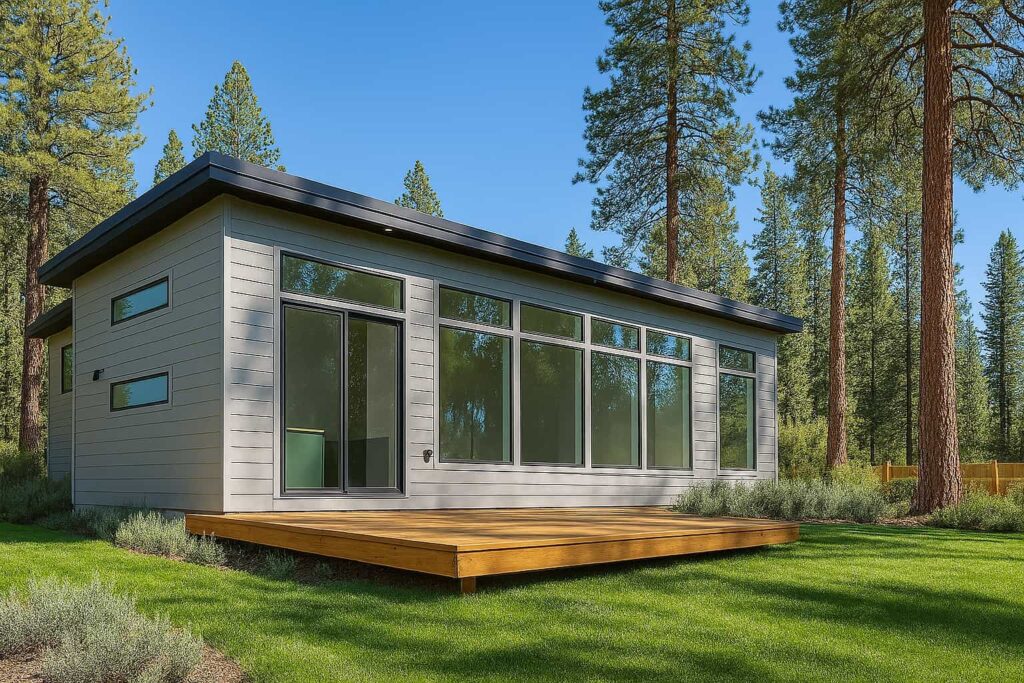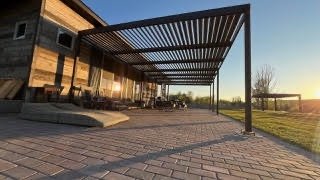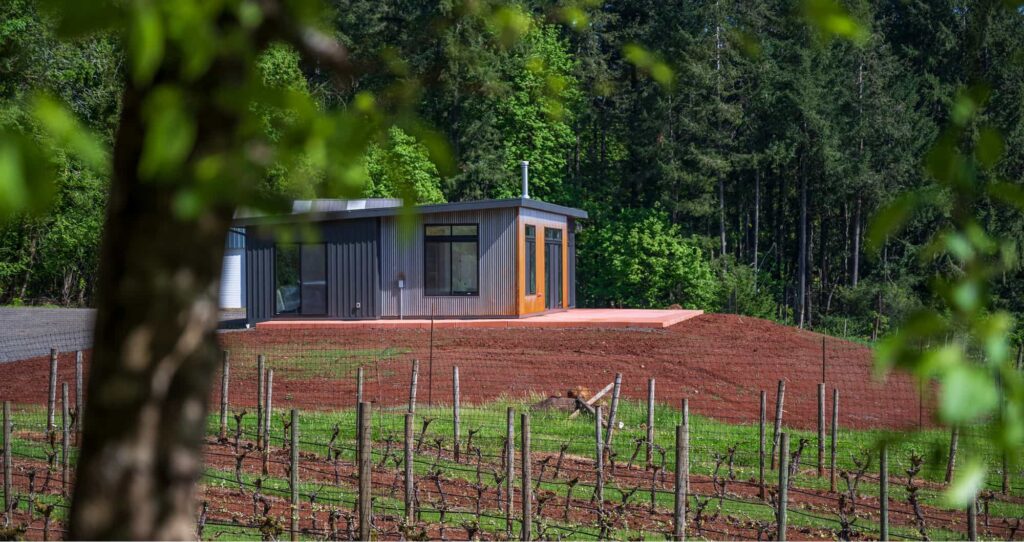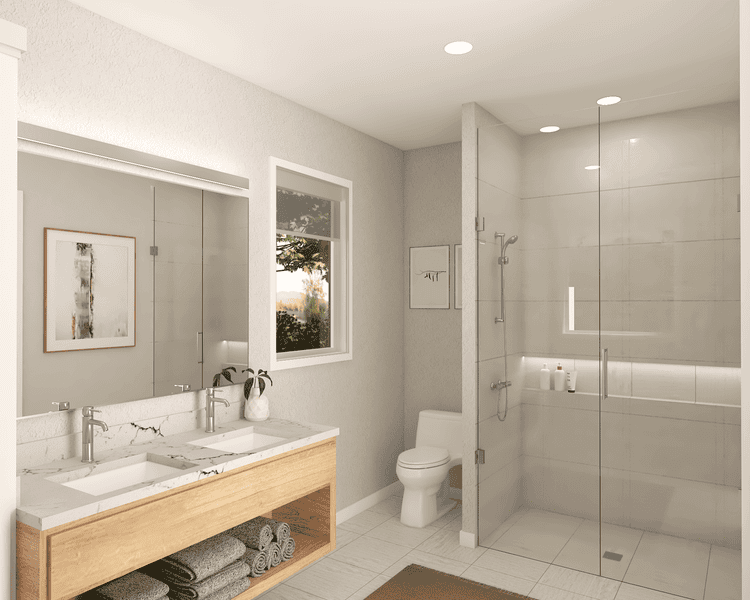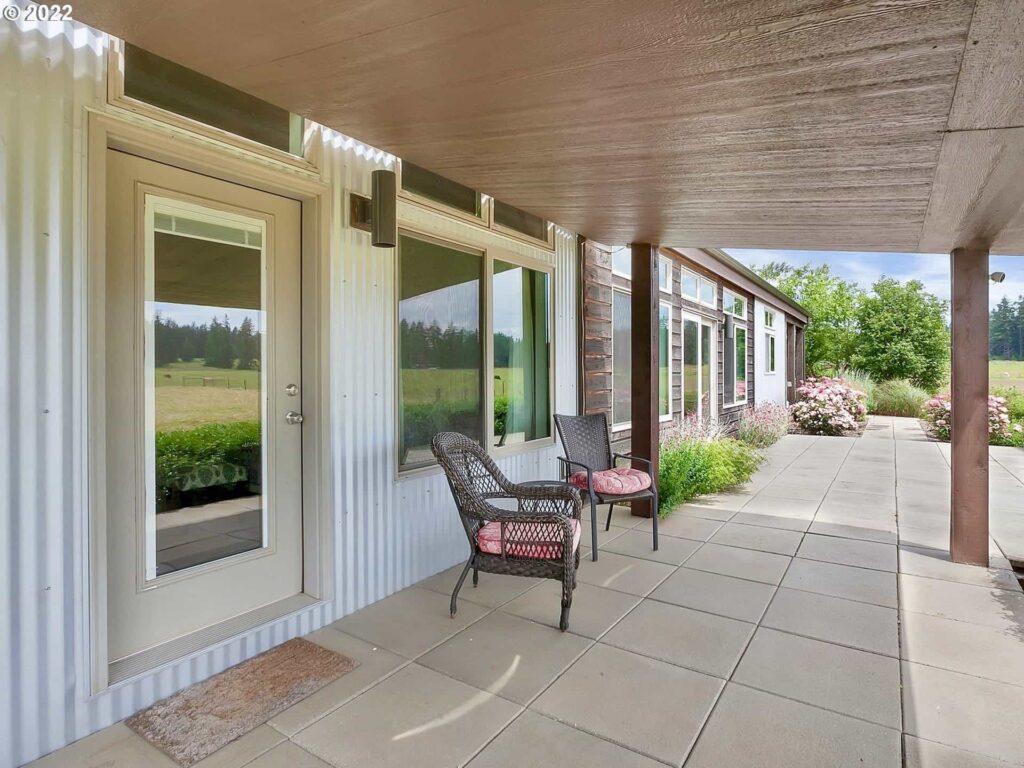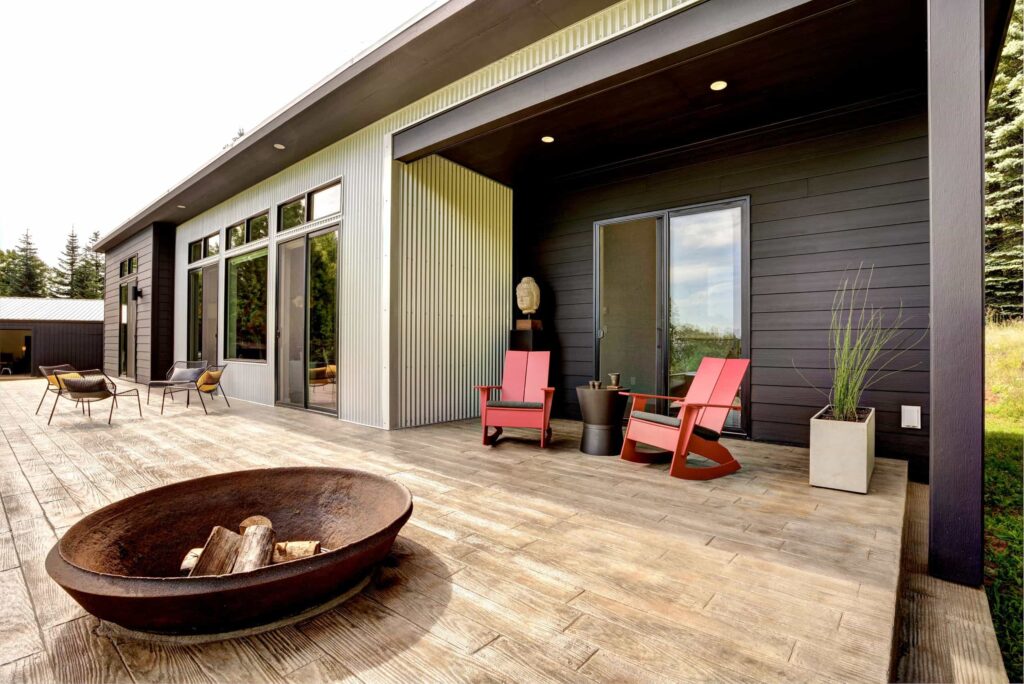Examining the Benefits of Prefabricated Houses
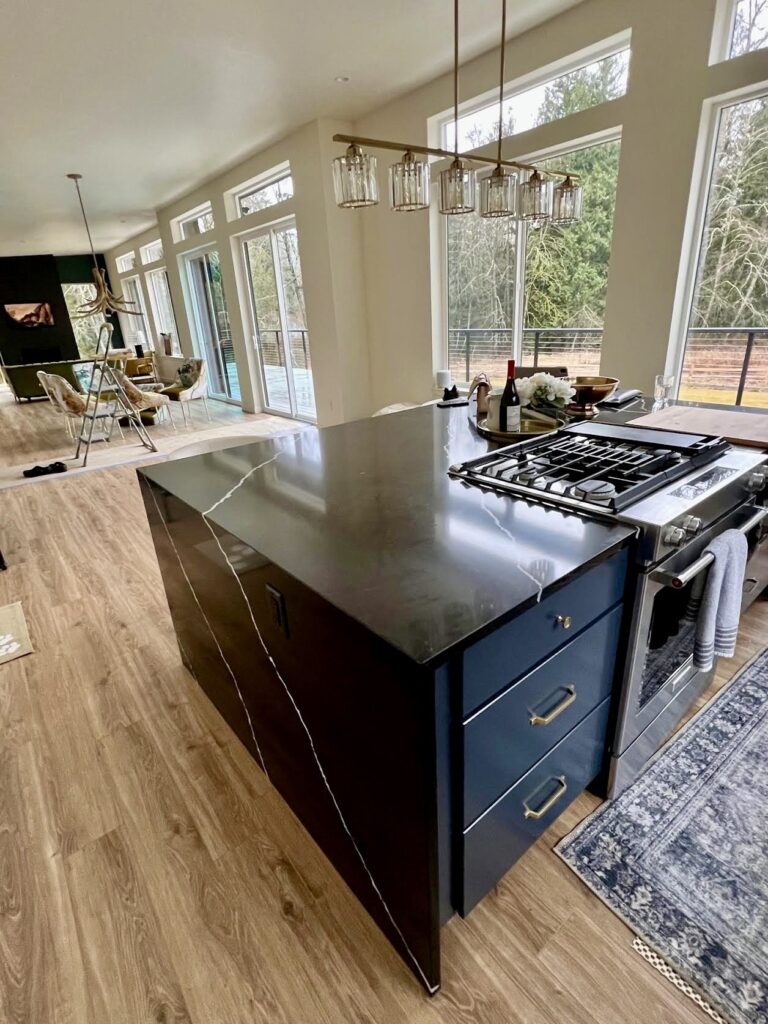
This article examines the key advantages of prefabricated houses, highlighting their efficiency, affordability, and sustainability compared to traditional construction. It also explores customization options, quality standards, and the reduced environmental impact of prefab living.
What you’ll learn:
- How prefab homes significantly shorten construction timelines
- Energy-saving features that reduce utility costs
- Sustainability benefits, including renewable energy integration
- Personalization options to match lifestyle and taste
- Cost-effective solutions through streamlined building processes
- Flexible design possibilities for modern or traditional styles
In the contemporary housing market, prefabricated homes are becoming more and more popular. These houses offer a quicker and more affordable alternative to conventional construction because they are constructed in factories and installed on-site.
They offer a variety of features and conveniences and are available in various sizes, designs, and styles. Although prefabricated homes provide benefits, there are also certain disadvantages to be aware of before making a purchase.
Take the time to look at the advantages and disadvantages of prefabricated homes in the following sections.
The Advantages of Prefabricated Housing
1. Shorter Construction Periods
Prefabricated buildings can be constructed significantly more quickly than conventional residences. This is one of their biggest advantages.
The construction procedure is streamlined and efficient because the modules are made in a factory and shipped to the construction site for installation. As a result, rather than taking months, or even years, the residence can be finished quickly.
2. Energy-Saving
Energy efficiency is a major consideration while designing many prefabricated homes. Their construction includes insulation and energy-saving windows and doors, which helps keep energy bills down. Materials such as fiber cement exteriors, whole house fans, and zonal heat contribute greatly to efficiency.
Some are even more energy-efficient because they have solar panels and other renewable energy technologies.
3. Sustainability
Prefabricated dwellings are a sustainable type of housing. Prefabricated homes are often made to include renewable energy systems, like solar and wind power. This lessens their environmental effect even further.
4. Personalization
Numerous customization choices are available for prefabricated homes, enabling you to tailor your home to your own requirements and tastes. You can customize your house with improvements and extras, as well as a selection of designs, styles, and finishes.
5. Cost-Effective
One of the significant advantages of prefabricated housing systems is their cost-effectiveness. The manufacturing process is streamlined to reduce waste, and the materials used are often purchased in bulk, leading to lower costs.
Additionally, since the construction process is faster and more efficient, the labor costs are reduced. Prefabricated homes can be up to 20% cheaper than traditional homes, making them an excellent option for those looking to build a home on a budget.
6. Flexibility in Design
Prefabricated housing systems offer a high degree of flexibility in design. Homeowners can customize their homes to suit their unique needs and preferences.
Whether they want a modern, minimalist home or a more traditional design, prefabricated homes offer a wide range of options to choose from. Since the modules are built off-site, homeowners can make changes to their design plans without having to worry about delays or additional costs.
7. Quality Control
Prefabricated homes are constructed in a controlled factory environment, strict quality control measures are implemented throughout the building process. This ensures the materials used and the construction techniques are of high quality, resulting in a durable and long-lasting home.
8. Reduced Environmental Impact
Prefabricated homes have a lower environmental impact compared to traditional homes. As mentioned earlier, these homes are designed to be energy-efficient and often incorporate renewable energy systems. Additionally, the construction process produces less waste, as materials are precisely measured and cut in the factory. This reduces the amount of construction waste that ends up in landfills.
Conclusion
Before purchasing a prefabricated home, it is crucial to conduct research and evaluate your unique needs, preferences and overall budget. Your final decision should be the result of assessing the advantages and disadvantages, as well as your preferences and available budget.
Do you need a housing solution that is beautiful, affordable and environmentally friendly? Then ideabox’s prefab box homes in Salem might be just what you need!
With their architecturally designed models and energy-efficient design, they’re a great investment for anyone looking to live in a modern and eco-friendly home. Explore your options, and find the prefab home that fits your lifestyle. Revolutionize your living experience today!
Frequently Asked Questions About Examining the Benefits of Prefabricated Houses
A prefabricated (prefab) house is constructed in a factory as modules and then installed on your prepared site. This streamlined, off-site process lets builders work efficiently in a controlled environment before transporting and assembling the home on-site.
Prefab homes are designed for speed. Because modules are built in the factory and shipped for installation, the process is far more efficient—so your home can be finished quickly instead of taking many months (or even years) with conventional construction.
Energy efficiency is built in. The article highlights insulation plus energy-saving windows and doors, along with materials and systems like fiber cement exteriors, whole house fans, and zonal heat. Some homes also add renewable energy technologies such as solar panels for even greater efficiency.
Yes. Factory construction precisely measures materials, reducing waste and the amount that would otherwise go to landfills. Prefab homes are often designed for energy efficiency and can incorporate renewable systems, helping lower environmental impact compared to traditional builds.
Customization is a core benefit. You can choose designs, styles, finishes, and add improvements or extras to match your needs and taste. The variety of sizes and configurations means you can personalize the home to fit your lifestyle.
They can be. Streamlined manufacturing reduces waste, bulk purchasing lowers material costs, and faster assembly cuts labor expenses. According to the article, prefabricated homes can be up to 20% cheaper than traditional houses—an appealing option if you’re building on a budget.
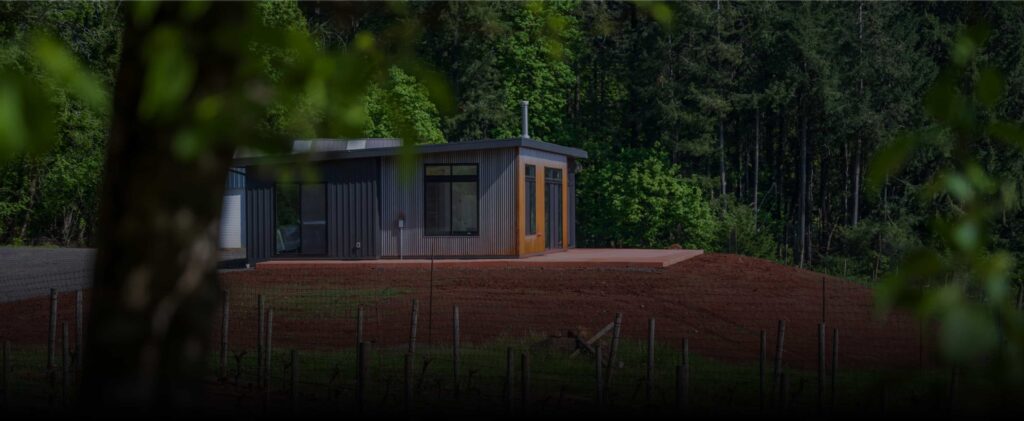
Let’s Build Something Great Together
Whether you’re ready to start planning or just want to explore options, we’re here to help. Let’s talk about your future home today.
